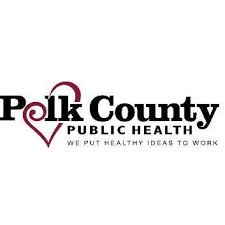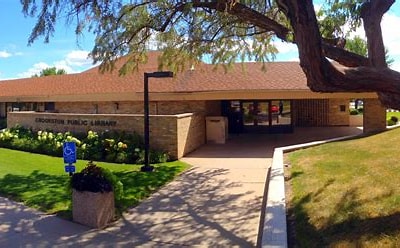Polk County Public Health and area healthcare facilities are aligned for the well-being of our residents and communities. At this time of fast-paced change and uncertainty, we are active in coordination of communication, preparedness, and response activities for COVID-19.
Polk County Public Health is concerned about what we are hearing from people questioning the necessity of recommendations around social distancing in the workplace and community setting, isolation, work-from-home, event cancellations, school closures, and other measures taken to mitigate the threat we are facing from COVID-19. Some see these steps as overreactions and view their personal risk of contracting the virus as minimal.
To provide some clarity around this topic, we are urging every business and individual in our communities to take action now in the short window of opportunity we have to collectively “Flatten the Curve”.
Workplace partners please review and implement MDH’s guidance for:
Employees who are sick and their household/intimate contacts
- If you have symptoms of respiratory disease (these include fever, coughing, muscle aches, sore throat, and headache), you should:
- Stay home for at least seven days, and
- Three days with no fever, and (Fever should be gone for three days without using fever-reducing medicine.)
- Improvement of respiratory symptoms—whichever is longer.
For example, if you have a fever and coughing for four days, you need to stay home three more days with no fever for a total of seven days. Or, if you have a fever and cough for five days, you need to stay home three more days with no fever for a total of eight days.
- If you have symptoms and can manage those symptoms at home, you do not have to seek health care or be tested for COVID-19. Just stay home while you are sick. If you are older or have underlying medical conditions, it may be helpful to let your health are provider know you are sick. They may have some specific advice for you. Some people with COVID-19 have worsened during the second week of illness. If your symptoms worsen at any point, and you do need to see a doctor, call ahead before going to any healthcare facility.
- Patients with symptoms who are not able to be tested should isolate themselves from household and intimate contacts as much as possible. Household and intimate contacts of these individuals should limit their activities in public for 14 days after incorporating precautions in the home, and monitor symptoms. Symptoms may appear anywhere from 2-14 days after exposure.
- If you were told by public health staff that you were exposed to COVID-19 and feel healthy, stay home for 14 days. Again, testing is only being done for hospitalized patients, health care workers, and those in congregate living settings at this time.
- If you do have the symptoms listed above, please call before going to any health care facility.
Workplace Mitigation Strategies
Ensure you are implementing workplace mitigation strategies, such as social distancing, to slow the spread of COVID-19.
Detailed guidance for workplaces can be found here: https://www.health.state.mn.us/diseases/coronavirus/action.html#work
Understanding the Why?
The primary goal of social distancing is not only about reducing your chance of being infected with the coronavirus. Making deliberate choices to stay away from each other is designed to slow the spread over a longer period of time so that too many people do not get ill all at once such that our ability to provide care to critically ill patients cannot meet the demand. The decisions we make as individuals in the near term (the coming days) have the potential to make a huge impact on the trajectory of COVID-19 nationally and here in our communities. We are very concerned about conserving resources, both human and material, should social distancing efforts fail to slow the spread enough. Our health systems will not be able to cope with the projected numbers of people who will need acute care if we collectively as individuals in our communities do not do our part to socially distance from each other starting now. The primary strategies that can get us off this concerning trajectory are those that enable us to work together as a community to maintain public health by staying apart.
It truly “Takes A Village”!
We recognize that social distancing (staying 6 ft apart) at work and in the community, canceling and postponing meetings and events, staying home and missing the opportunity for socialization and recreation are inconvenient, annoying and disappointing. At this critical moment in time, it’s important to listen and heed the unified advice of disease experts and public health to change how we go about our day to day life temporarily to alter the course and help slow down and reduce the virus’ capacity to spread.




